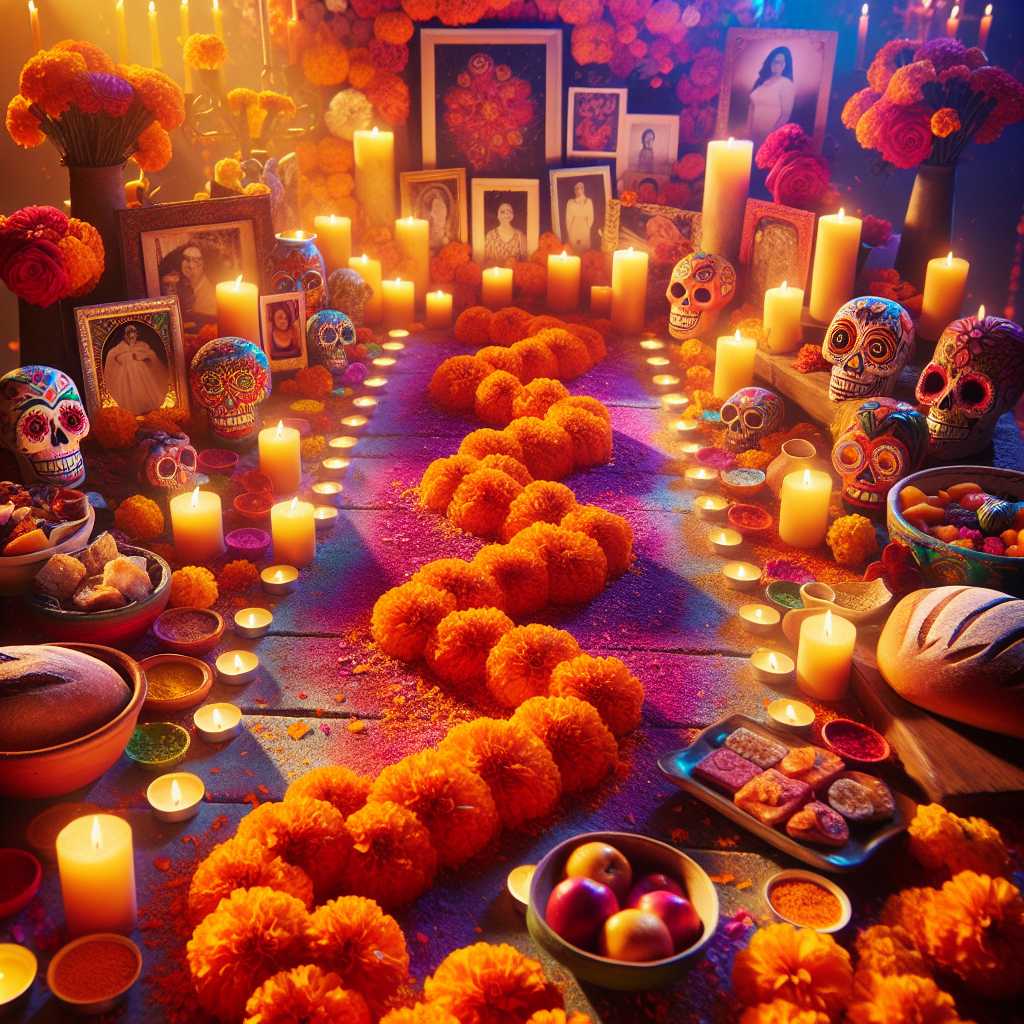Understanding Dia de los Muertos in 2024: A Celebration of Life Amidst the Dance with Death
Dia de los Muertos, or the Day of the Dead, is a Mexican holiday celebrated to honor deceased loved ones. As we look ahead to the Dia de los Muertos of 2024, it’s essential to explore the roots, traditions, and contemporary significance and how these elements converge to create a vibrant tapestry of remembrance and festivity.
Historical Context and Origins of the Day of the Dead
The Day of the Dead is deep-seated in Mexican culture with origins before Spanish colonization. Initially, indigenous peoples such as the Aztecs and other Nahuatl-speaking nations observed this occasion. They held a cyclical view of existence, believing that life was a dream and only in death did they truly awaken.
With the arrival of Catholic Spanish conquistadors came the efforts to convert indigenous peoples to Christianity. These efforts resulted in blending native traditions with Catholic rituals, which situated Dia de los Muertos near All Saints’ Day and All Souls’ Day on November 1st and 2nd, respectively.
Celebration Practices and Symbolism
The contemporary celebration involves a series of rich customs that signify respect and memory for those who have passed away. Each of these practices has specific symbolism tied to the belief in life after death and the connection between the living and deceased.
Altars: Honoring Loved Ones Through Ofrendas
Families prepare ‘ofrendas,’ or altars, adorned with photos, flowers (especially marigolds), candles, food, drinks, and personal items that belonged to or favored by the deceased. The altar is both a form of homage and an invitation for spirits to return home and join the celebrations.
Calaveras: The Role of Skulls in Day of the Dead
Calaveras (skulls) are another quintessential symbol. Typically crafted from sugar or chocolate and ornately decorated with icing, foil, beads, and more, these represent deceased souls. Individuals might also wear skull masks called ‘calacas’ and participate in parades while dressed as skeletons, gesturing toward life’s cyclic nature.
Pan de Muerto: The Sweet Bread of Remembrance
Culinary traditions are also a crucial aspect. One such food item is ‘Pan de Muerto,’ a sweet bread usually baked with bone-shaped pieces on top symbolizing the circles of life. This bread is both consumed during festivities and placed on altars.
Marigolds: Nature’s Guide Back From The Afterlife
The marigold plays a vital role during Dia de los Muertos as it is believed its vibrant colors and scent help guide the spirits back to visit the world of the living.
Modern Celebrations and Cultural Impacts
The modern observance recognizes ongoing shifts within society. Urbanization, globalization, and diasporic movements have seen Dia de los Muertos customs adopted and adapted worldwide beyond Mexico’s borders. In places like the United States, where there are significant Mexican communities, public festivities with exhibitions of altars, parades, music, dance performances have become more commonplace.
Cultural Appreciation vs. Appropriation
As global interest grows, so does concern over cultural appropriation—the act of adopting elements from another culture without proper understanding or respect. Therefore, educational efforts around Dia de Los Muertos 2024 emphasize authentic practices and acknowledging its profound importance to those who celebrate it earnestly.
Notes
Image description: A vibrantly colored altar during Dia de los Muertos festivity; it’s strewn with bright orange marigold petals leading up like a path towards photos of loved ones passed. Amidst flickering candles are offerings of Pan de Muerto, sugar skulls decorated with intricate designs, bowls of favorite fruits or meals of the deceased, among other personal items significant to those being remembered.

